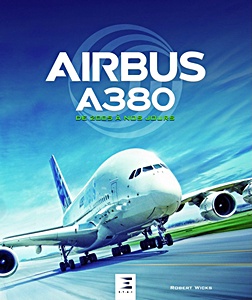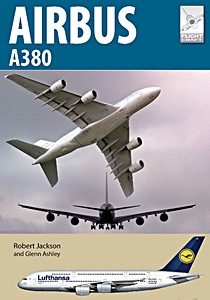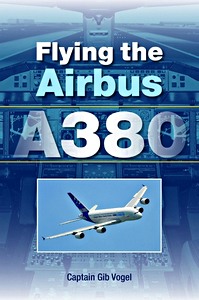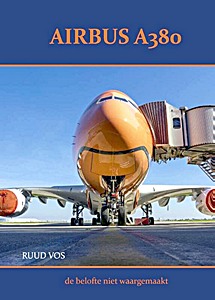A380 - Le défi (2e édition)
Au prix d'un effort considérable, qui tient de l'exploit mais aussi du pari, Airbus a construit le plus gros avion de l'histoire de l'aviation commerciale, l'A380. Un véritable paquebot de l'air capable d'embarquer entre 550 et 800 passagers et de franchir d'un seul coup d'aile, près de 15 000 km. Il aurait fait rêver Jules Verne.
Cet avion est un important atout pour Airbus dans sa lutte contre Boeing. Car le constructeur américain a longtemps tenu la dragée haute à tous ses concurrents avec le B747, le fameux jumbo-jet à double pont, seul de son espèce sur le créneau des gros-porteurs long-courriers pendant plus de 30 ans.
Au plus fort d'une crise maîtrisée avec peine par ses nouveaux dirigeants, la jeune société européenne engage donc son avenir sur ce programme, l'un des plus prestigieux de l'histoire de l'aéronautique civile avec le Concorde. L'un des plus risqués aussi, compte tenu des paris engagés.
Additif de mise à jour inclus.
Detalle del libro
| Autor: | Yves Marc |
|---|---|
| Presentación: | 120 páginas, 24 x 17 x 0.7 cm, tapa blanda |
| Ilustración: | ilustrado |
| Editorial: | Cépaduès Editions (F, 2007) |
| ISBN: | 9782854287707 |
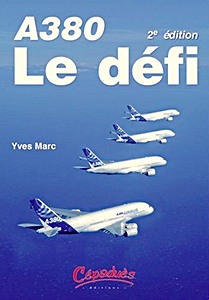
A380 - Le défi (2e édition)
Idioma: Francés
Disponible en Amazon - pago segura y entrega rápido
Comprar en Amazon ESComprar en Amazon.com

